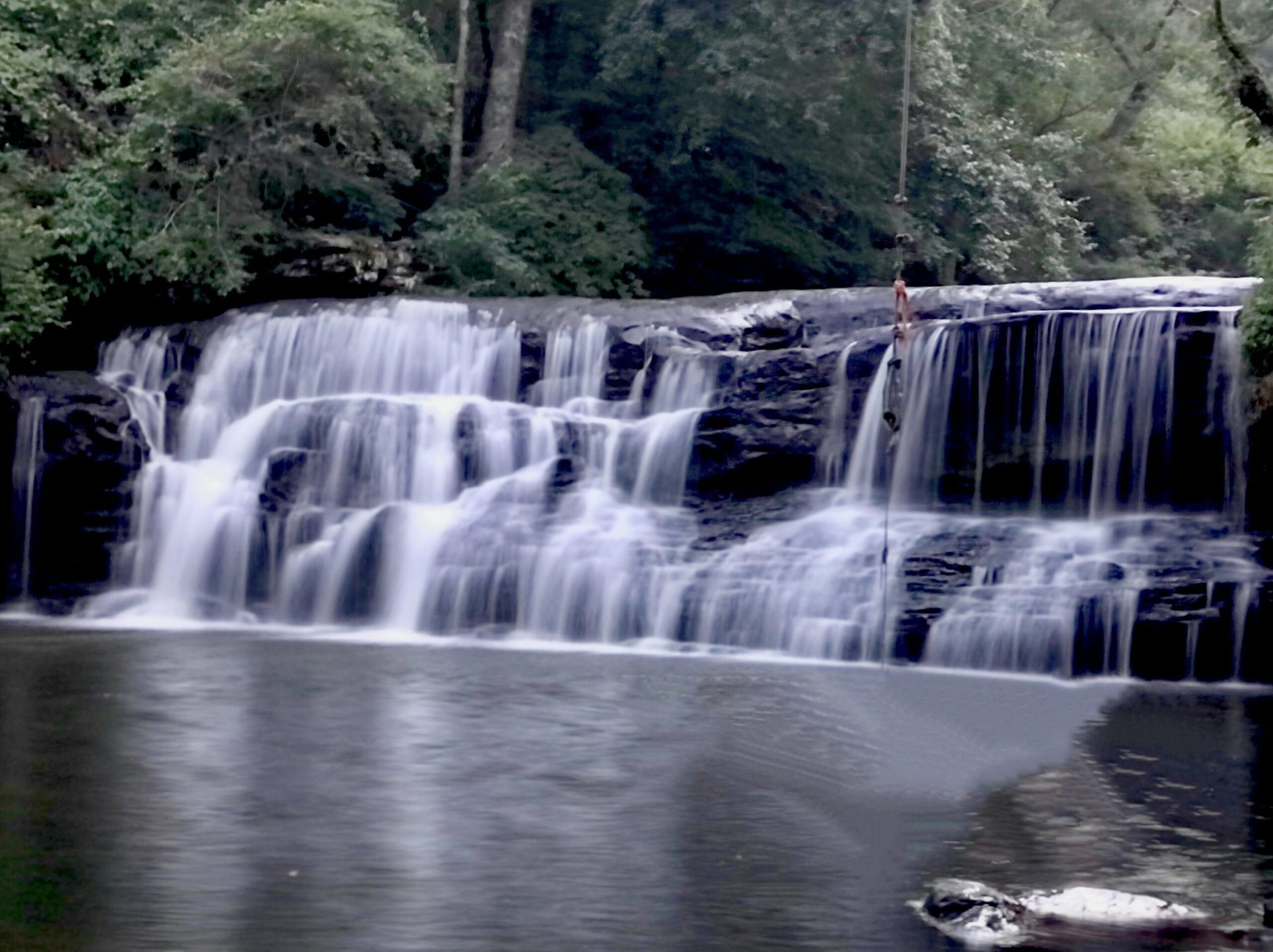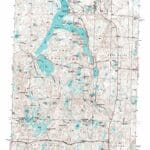Blountsville, Alabama, is nestled in the heart of Blount County in the northeastern part of the state. Established in the Blountsville Valley, this town boasts a rich history dating back to a Native American village. Blountsville offers a blend of small-town charm and convenient access to larger cities like Birmingham and Huntsville. Discover the unique attractions and history of Blountsville, a town named after a former Tennessee governor.
A Town Rich in History
Blountsville’s story begins long before Alabama even became a state. Originally known as Wassausey, meaning “Bear Meat Cabin,” the area served as a settlement for Creek and Cherokee tribes, drawn to the fertile valley and abundant resources. This suggests a thriving community existed here, with traditions and a way of life deeply connected to the land. After the Creek War of 1813-1814, settlers began to arrive, transforming Wassausey into the town we know today as Blountsville. Blanchardville WI County and Branchville NJ County offer similar glimpses into small-town life, each with its own unique character.
From Wassausey to Blountsville: A Timeline
- Pre-1814: Creek and Cherokee settlement known as Wassausey. Archaeological evidence may reveal more about their lives and culture in the future.
- 1818: Blount County is established, named after Tennessee Governor William Blount. This suggests his influence extended beyond Tennessee’s borders.
- Circa 1825: The Freeman House, a historical landmark, is built. It offers a tangible connection to Blountsville’s early days.
- 2010: Population recorded at 1,684.
- 2020: Population grows to 1,826.
- 2024: Estimated population around 1,913, reflecting a slow but steady growth.
Blountsville Today: Community and Education
Blountsville, with its estimated 1,913 residents, maintains a strong sense of community. This tight-knit atmosphere likely contributes to the town’s charm. Education plays a vital role here, with Blountsville Elementary School (BES) and J.B. Pennington High School (PHS) serving as important hubs within the Blount County School District. These schools probably offer more than just academics; they likely serve as centers for community events and gatherings.
Blount County: A Broader Perspective
Blountsville is just one piece of the Blount County puzzle. With a 2020 population of 59,134 and Oneonta as its county seat, Blount County provides a larger context for Blountsville’s story. The county’s “moist” designation, with specific regulations regarding alcohol sales, adds another layer of complexity. Blountsville’s decision to permit alcohol sales within its town limits likely has both economic and social implications.
Looking Ahead: Blountsville’s Future
Blountsville’s future is intertwined with its ability to balance growth and preservation. How will it maintain its small-town character while adapting to economic shifts and potential increases in population? These are questions that likely occupy the minds of residents and local leaders. The town’s convenient location along US 231, its rich history, and its strong community spirit all suggest a positive outlook, but the path forward may require careful planning and consideration.
Quick Facts About Blountsville and Blount County
- Location: Northeastern Alabama, Blount County, Blountsville Valley. Intersection of County Highway 26 and U.S. Highway 231. Latitude 34.0815, Longitude -86.5911.
- Size: Land area: 5.42 sq. miles. Water area: 0.07 sq. miles.
- Governance: Mayor/city council.
- Schools: Blountsville Elementary School (BES), J.B. Pennington High School (PHS).
- Landmark: The Freeman House (circa 1825).
- Nearby Cities: Cleveland (6 miles south), Oneonta (14 miles south), Huntsville (50 miles north), Birmingham (45 miles south).
- Transportation: US-231, AL-79.
This enhanced and restructured article provides a more comprehensive and engaging overview of Blountsville, Alabama, while incorporating the provided keywords and internal links naturally within the content. It offers a deeper dive into the town’s history, present, and future, highlighting its unique character and offering valuable information to a wider audience.
- Discover Long Black Pepper: Flavor & Health Benefits - April 25, 2025
- Shocking Twists: The Grownup Review: Unreliable Narration - April 25, 2025
- A Quiet Place Book vs Movie: A Deep Dive - April 25, 2025

















2 thoughts on “Blountsville, AL in Blount County: A Small Town’s Story of Heritage and Growth”
Comments are closed.